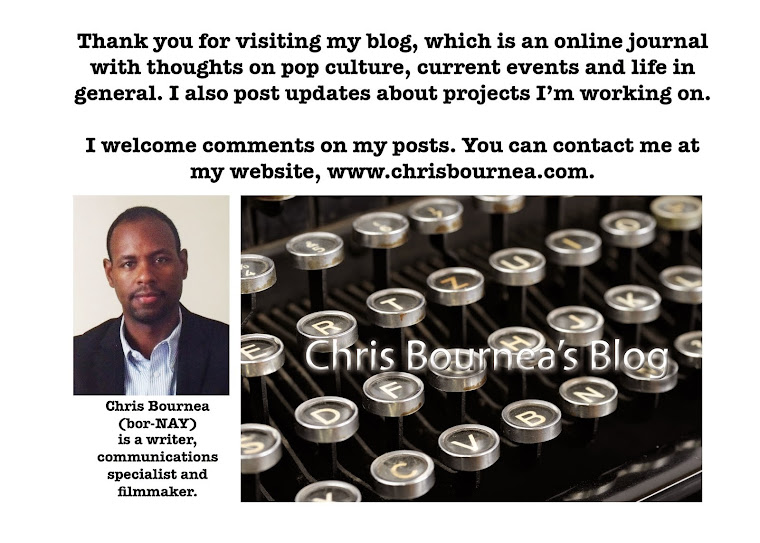I really enjoyed attending the kickoff of Ohio State’s United Black World Month celebration on Monday, Feb. 4. The keynote speaker was Dr. Steve Perry, renowned African-American educator and author. He gained the national spotlight when he was recently featured in CNN’s “Black in America 2” documentary for his revolutionary leadership style at a magnet school he founded in Hartford, Conn.
Dr. Perry is a riveting speaker whose oratory style combines the soulful inflections of a Baptist preacher and the hip-hop phrases and street mannerisms of a rapper. Like controversial education reform advocate Michelle Rhee, Dr. Perry has a tell-it-like-it-is, take-no-prisoners management style. It’s his way or the highway. He’s not afraid to fire teachers and take on unions for the sake of producing better results for his students.
The OSU event with Dr. Perry was well-organized, with delicious food to boot. My only complaint would be that after Dr. Perry spoke for close to an hour and received a well-deserved standing ovation, he inexplicably took only one question during a Q&A with the audience.
I was disappointed, since I was there covering the event for the Call and Post newspaper and really wanted to ask him a question: If he were to reach a point in his career where he no longer wanted to be a full-time principal and chose to move on to devote more time to extracurricular activities, so to speak, like his commentating gig on CNN and television show “Save My Son” on TV One, would his school survive without his hands-on leadership?
After his speech, Dr. Perry graciously posed for photos with numerous people who came up and gushed over him. He has a rock-star vibe about him and people – women, especially - were acting very excited to be near him.
I waited for the long line of photo and autograph seekers to die down, then approached him and asked my question. Unfortunately, I didn’t formulate my question as succinctly as I would have liked and it took me a while to spit it out. When I finally asked if his school could survive without him, Dr. Perry simply replied, “Yes, I think it can.”
I wanted Dr. Perry to elaborate, but our conversation was interrupted when people holding cameras decided to start snapping photos, and Dr. Perry turned toward them to pose.
I really wasn’t there to do the groupie thing and pose for photos; I was there with my reporter hat on and wanted to ask him a perfectly legitimate, journalistic question. However, there was really nothing I could do in that moment but turn toward the camera as well.
I had noticed that with other men who asked Dr. Perry to pose for photos with them, he gave them a soul-handshake when the camera flash went off. Anyone who knows me knows that soul-handshaking is not really my style, so instead I put my hand on Dr. Perry’s shoulder. Bad idea.
When I put my hand on his shoulder, Dr. Perry didn’t reciprocate by placing his hand on my shoulder, as is the custom, one would think. I picked up a vibe from him that said he wasn’t going to extend contact to a male he’s not related to unless it’s a soul-handshake or a “thug hug.” Judging from Dr. Perry’s cool demeanor, I assumed I was supposed to follow his lead, so I just stood there with my hands dangling at my sides and a bewildered expression. Dr. Perry is shorter than me, so I had to crouch slightly to make sure the top of my head wouldn’t be cut off by the camera.
The resulting photo makes me want to laugh. I look as awkward as I felt. Instead of a respected educator and an inquisitive journalist, Dr. Perry and I look like some kind of academic hip-hop duo – like a preppy version of Kid n Play.
To make matters worse, I really wasn’t dressed right. Dr. Perry sports sharp three-piece suits like a minister of a mega-church. I had on a decent enough outfit – a tan button-up shirt and black slacks – but I was wearing tennis shoes because I had to slog through the dirty February snow to get to the Ohio Union from the side street where I parked.
Next to the cleaner-than-a-board-of-health Dr. Perry, I looked like a total dork in dress slacks and tennis shoes. I should have brought a bag to throw my dress shoes in and changed into them as soon as I got to the event. Oh well, lesson learned...























